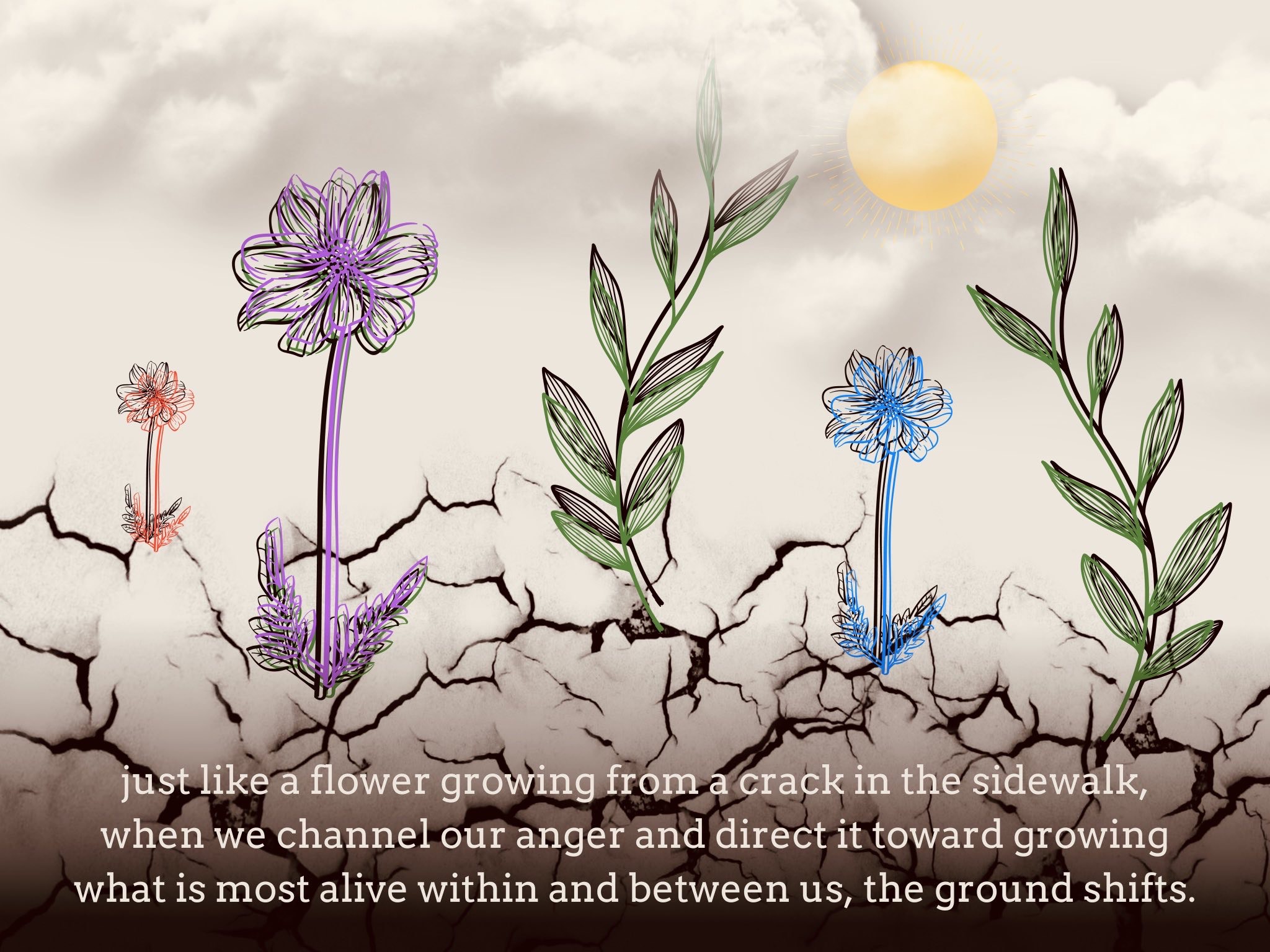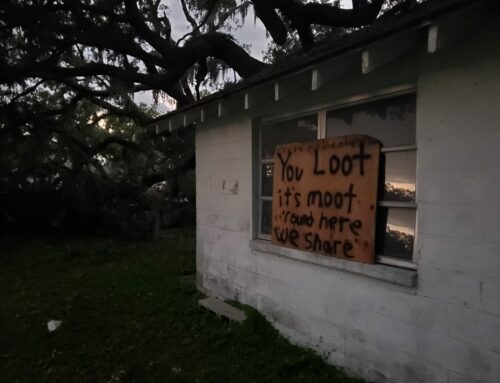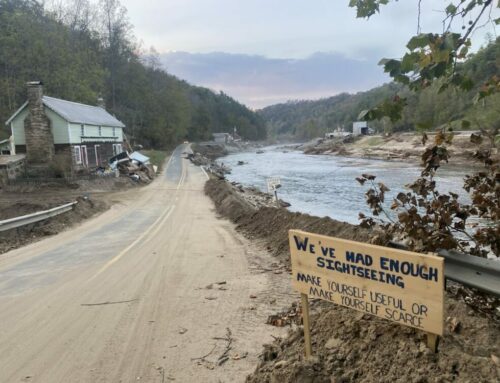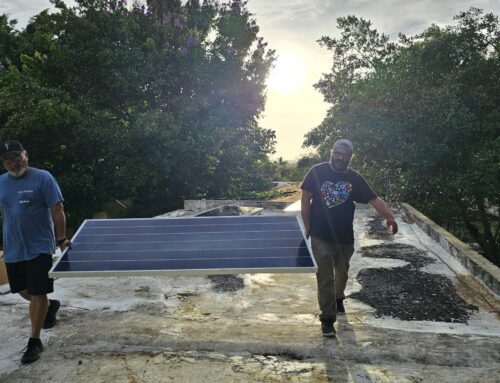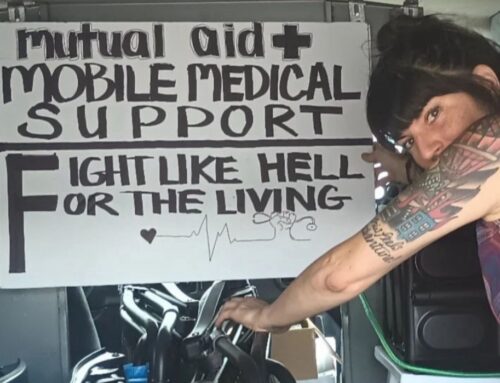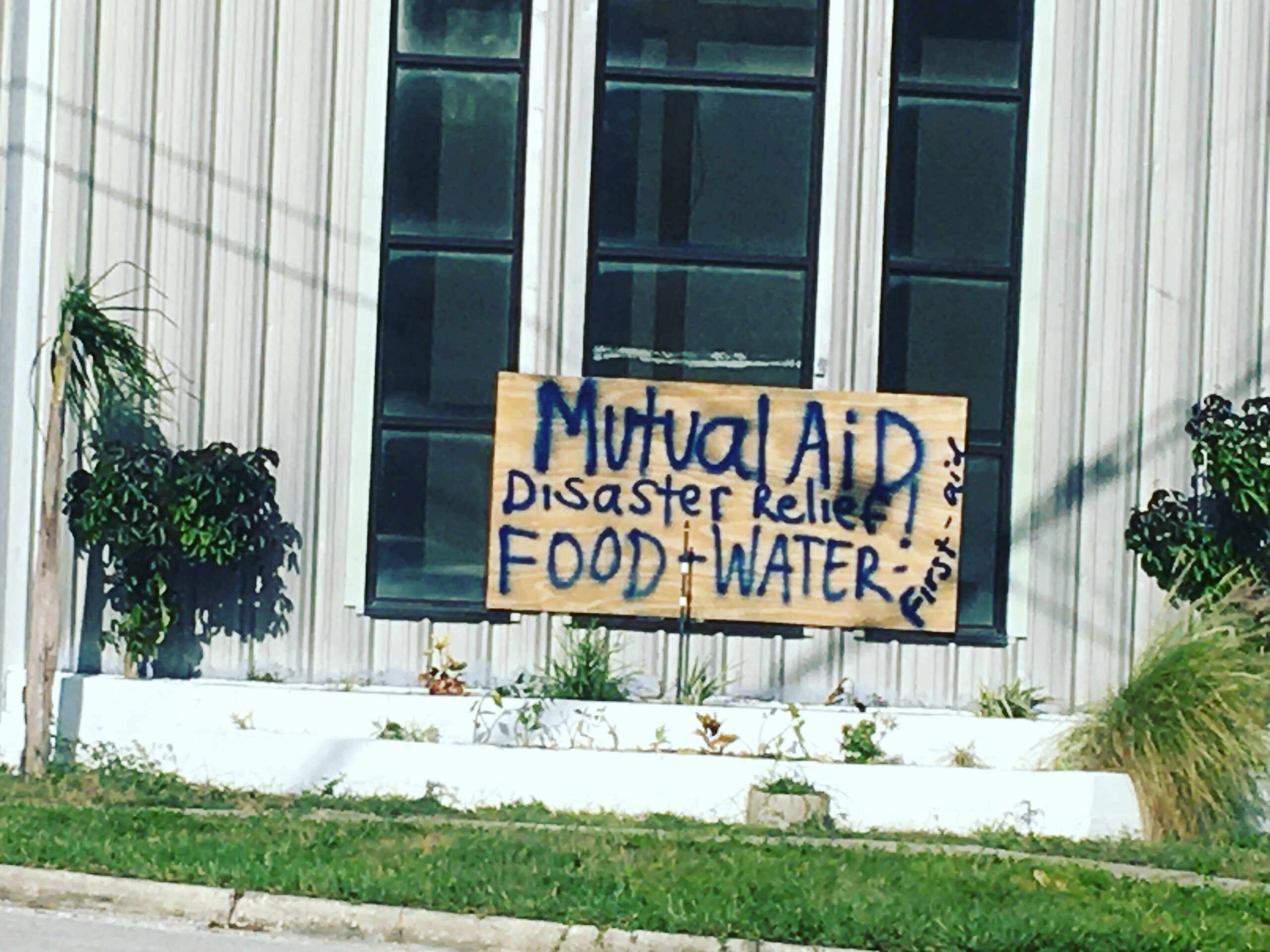
Hurricane Ian made landfall in southwest Florida as a strong Category 4 storm. Ian caused a destructive 10- to 15-foot storm surge, trapping many people in the rising floodwaters across a wide geographic area. Winds rose to 155 mph, causing damage to tens of thousands of homes. Over 150 people lost their lives.
We mourn the dead and fight like hell for the living.
We deployed the Mutual Aid Disaster Relief solar trailer alongside our friends at Streets of Paradise, thereby enabling us to provide sustainable off-grid power to communities without access to electricity. The solar trailer was often used in tandem with Streets of Paradise’s mobile shower and laundry trailer. When gas was similarly scarce, we brought in hundreds of gallons of gas to share directly with people. An autonomous supply line was also created, with cleaning, rebuilding, and baby supplies as well as other needed items winding their way from many hundreds of miles away to people impacted.
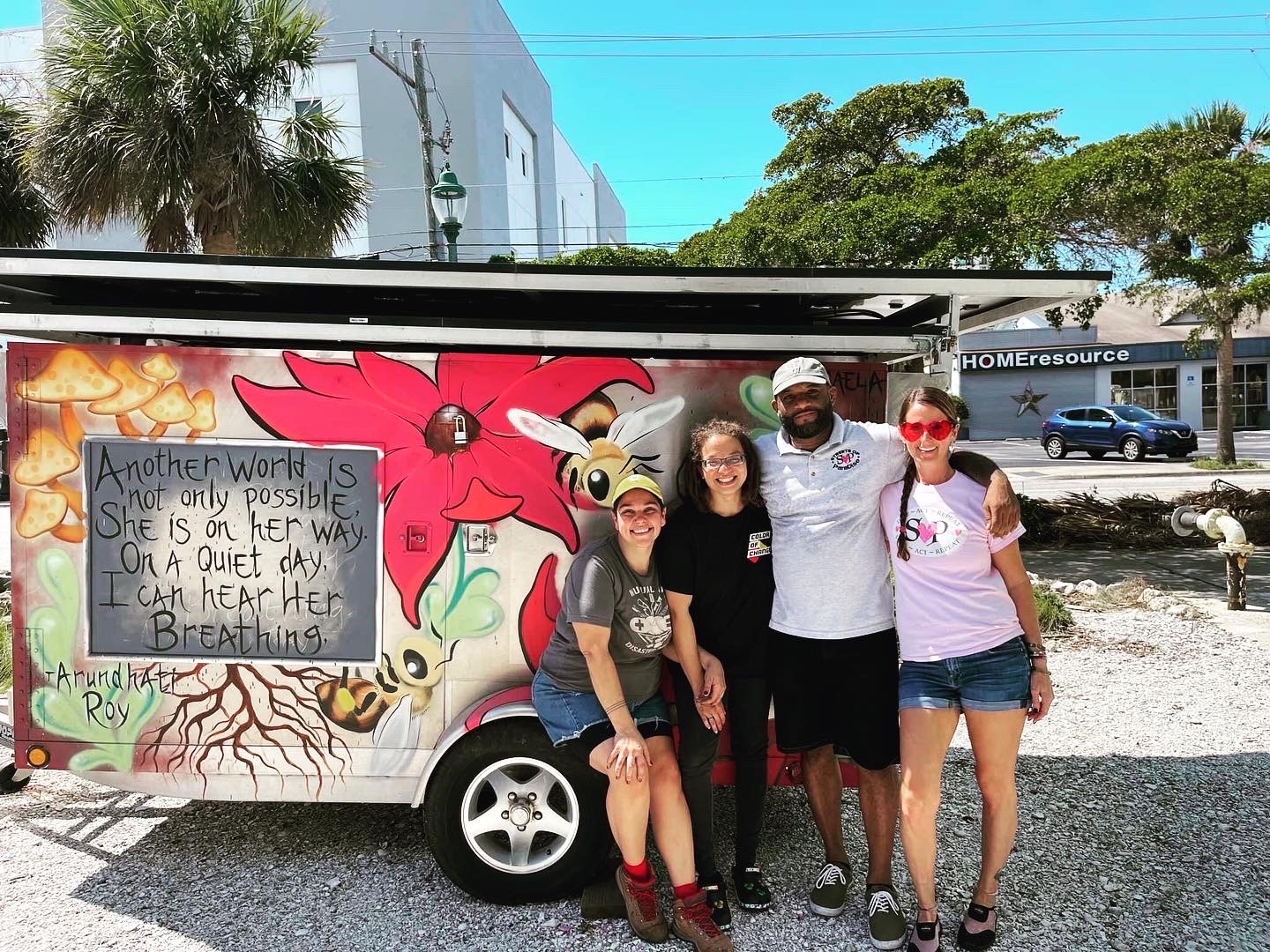
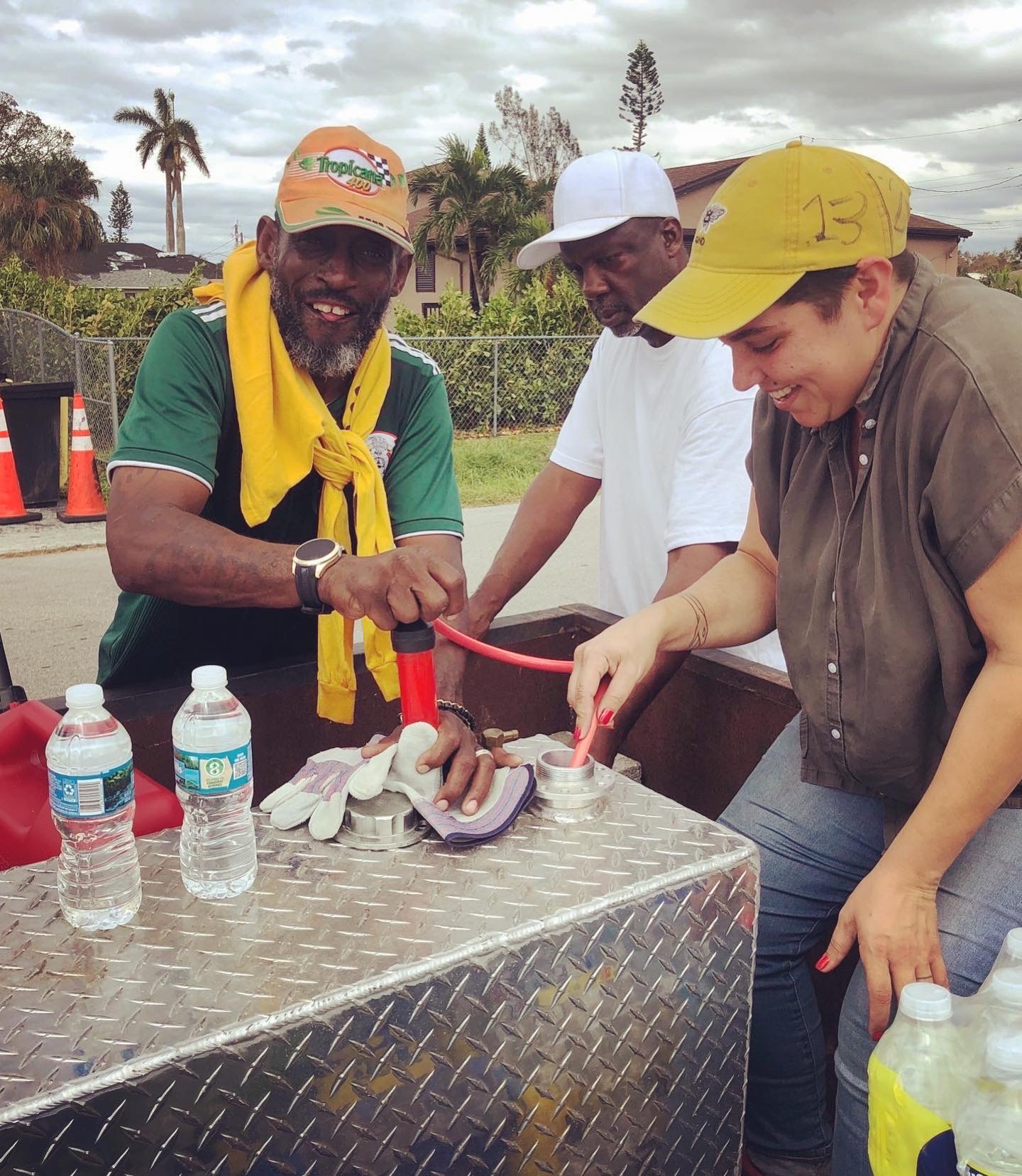
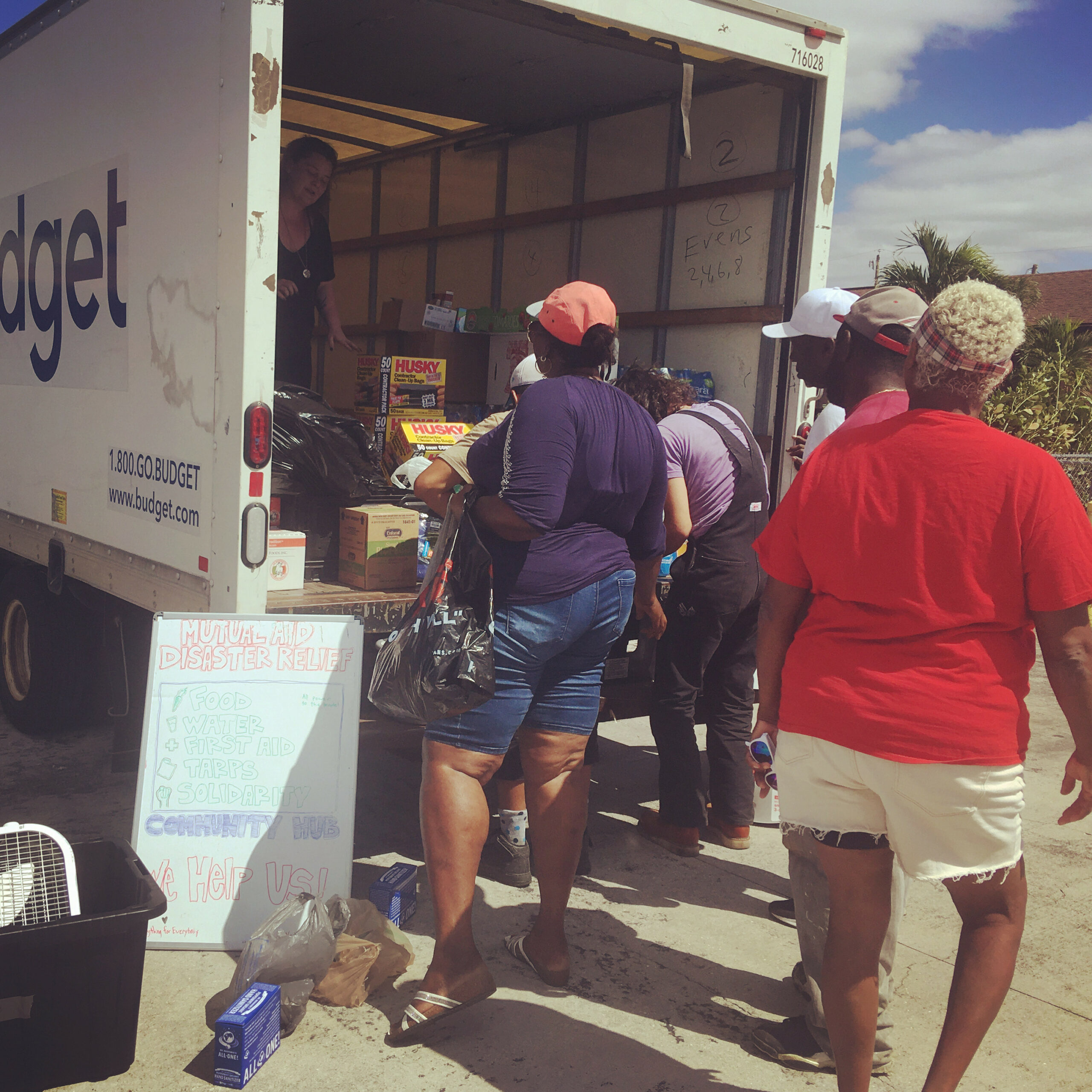
To fortify the tide of distribution vehicles emptying supplies into the arms of communities that had endured the worst impacts of Hurricane Ian, the mutual aid mobile medical unit followed in their many tire tracks, offering wellness checks and first aid.
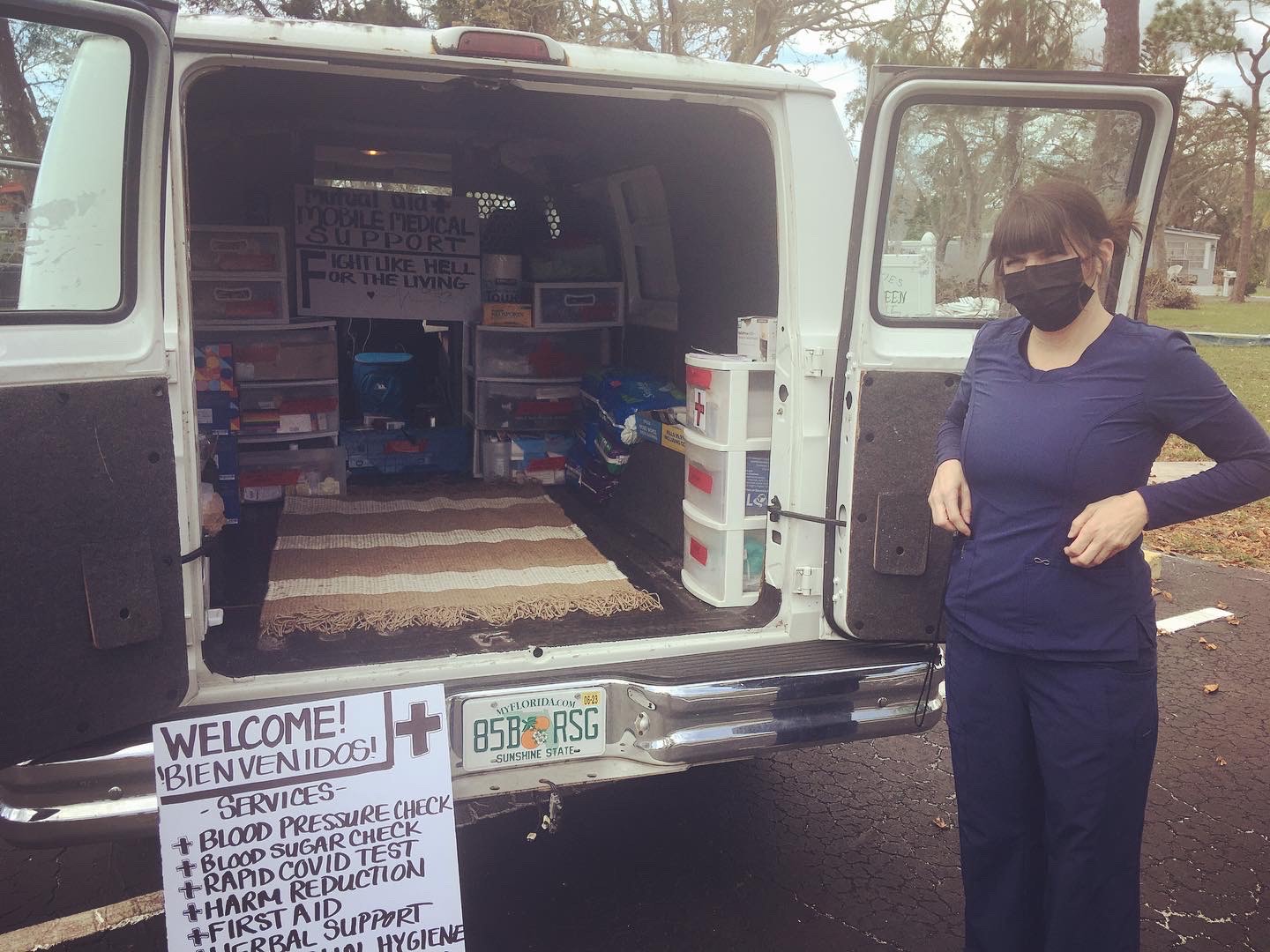
Before we entered ten feet into a profoundly structurally damaged mobile home park, two neighbors visiting on a porch pointed us toward the adjacent home of a person enduring the twin impacts of cancer and storm. When missed appointments, convoluted medical contingencies, and unclear emergency directives added to their misery, we came through to share supplies, dress wounds, and listen.
An elder in the community who was told they would have a city-coordinated vehicle evacuate them ended up facing the storm alone in her living room as the ride fell through and Ian reached her doorstep. Concerned neighbors gave us supplies they wanted to get into her hands as we headed for the home.
Autonomous medical solidarity, as a political act and tenet of community self-defense, continues with first aid, medical supply care packs, and aftercare. Mutual aid medics will continue backing communities in recovery from this climate catastrophe with blood pressure and blood sugar assessments, first aid and wound care, herbal health support, rapid COVID testing, harm reduction, and menstrual hygiene supplies.
Kids often experience a lot of trauma and added responsibility following disasters. And they also frequently know just what to say and do to help others through difficult experiences. As part of our kids in community program, we like to provide safe spaces for children to play games, have fun, connect, offer support, be themselves, and be part of communal recovery efforts, like this Halloween party in Fort Myers, Florida, following Hurricane Ian. Doing activities like this helps to liberate the kid in all of us.
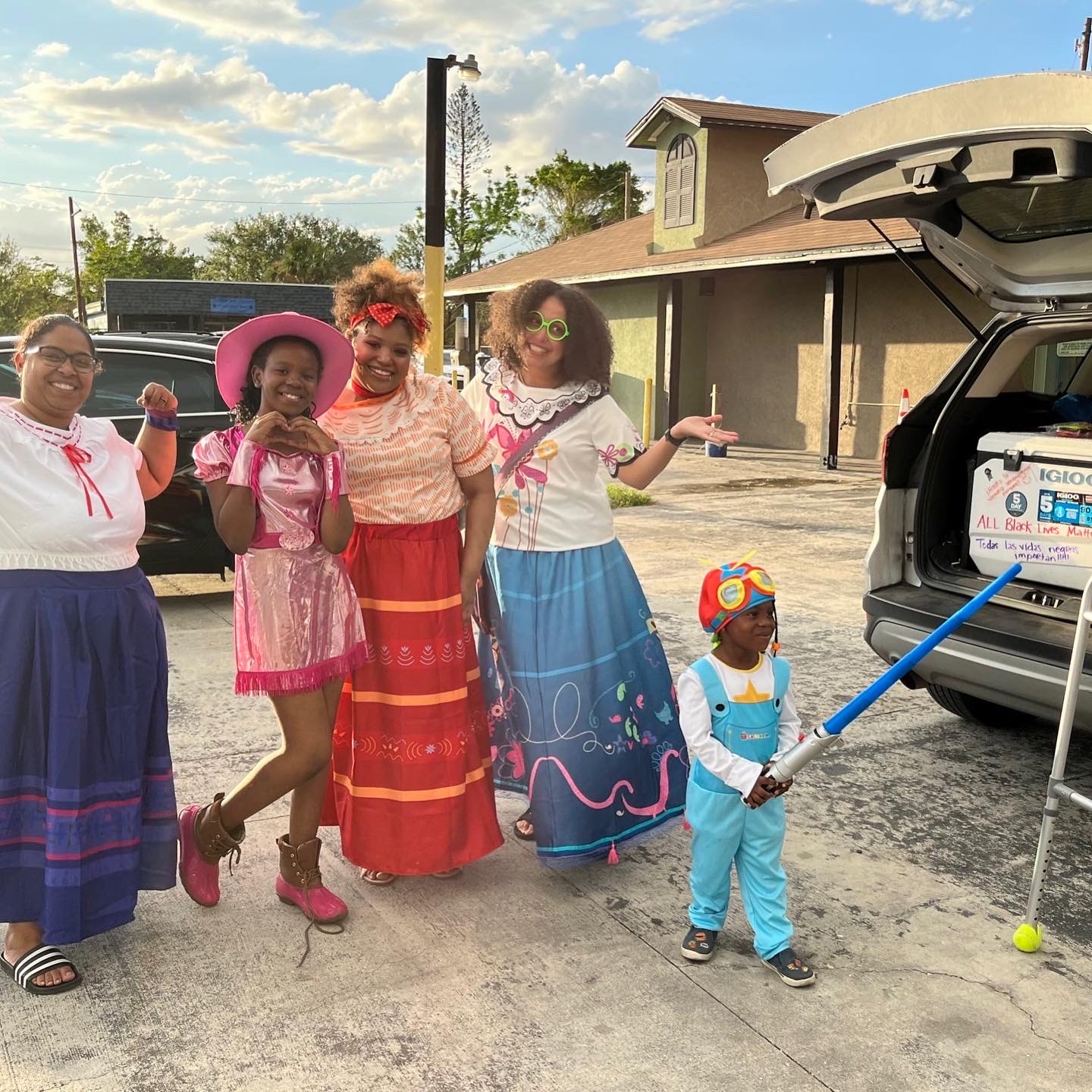
Our friends with Central Florida Mutual Aid have begun the difficult work of mucking and gutting homes that experienced flooding. As a small, local mutual aid group taking on large-scale rebuilding efforts, it could use all the support it can get. Central Florida Mutual Aid has a donation page here, and volunteer sign up form here. The group’s locally rooted, mindful, loving approach to helping its neighbors clean up from the storm, as another one (Nicole) bears down on them, is an example and inspiration.
Mutual aid is an opportunity to not only clean up and restore physical infrastructure. These moments of rupture also call us to hold space for those experiencing trauma and loss, and offer love and support in the midst of devastation. We share in the heartbreak of a grandmother whose home, which used to be a vibrant and welcoming neighborhood hub, and where her grandchildren used to play, is now covered in black mold and uninhabitable for the foreseeable future. This sense of genuine care and interconnectedness is lost when disaster responses are left to political or corporate entities. Feeling and demonstrating empathy, and taking action from that space because we feel moved to do so, are key to undoing the harm and isolation imposed by centralized power.
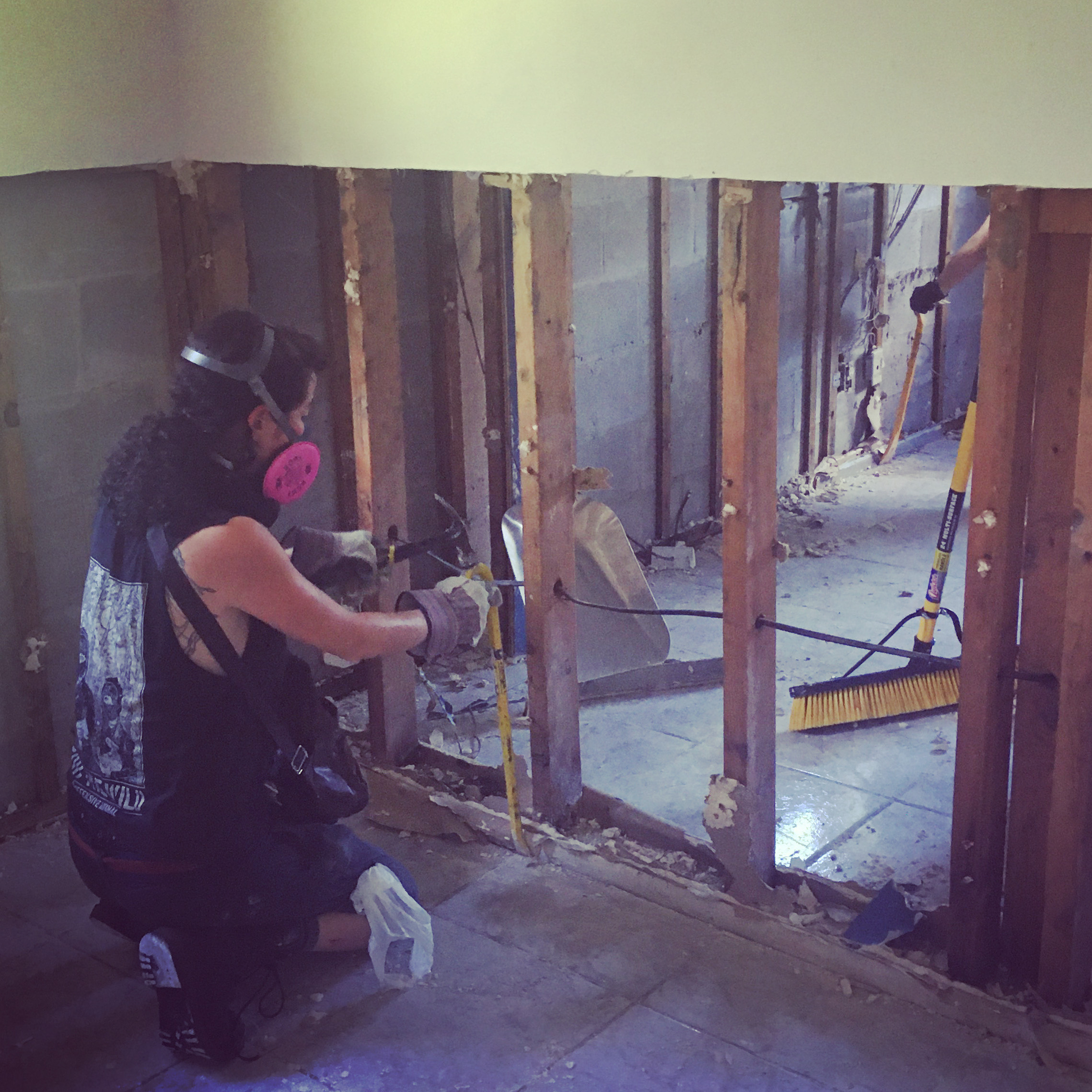
When we merge the extraordinary communities that arise after disaster with a revolution of everyday life, we arrive at a liminal space where nothing has changed yet everything is different.
Disasters like Hurricane Ian are in some ways a culmination and continuation of the horrors of colonialism and capitalism, and in other ways are the inverse of what we experience under colonialism and capitalism. People can conveniently blame nature for the suffering and loss, despite the effects of disaster clearly following race, class, age, and other axes of oppression. Under capitalism and colonialism, the visible infrastructure of society (buildings, bridges, streets, the electric grid, etc,) for the most part remains intact, yet the social fabric has never been more torn. After a storm like Hurricane Ian, there are visible, undeniable ruins and catastrophe—flooded streets, mountains of belongings piled to the curb, flattened trailers, and downed power lines—but in response, civil society begins to mend the social fabric. People remember that we are intimately tied to each other and responsible for one another. Surrounded by destruction, with tired hands, feet, and backs, we reproduce life in the midst of great loss, and do so with joy, creativity, and love. There exist moments when we can pierce through the visible disaster we are all responding to and see the underlying catastrophe, and when we deliver supplies, muck out a home, or check vital signs on an elder, we are doing such small everyday actions, but a profound, revolutionary deprogramming away from the mass psychosis of self-interest and greed, and toward communal care, healing, and right relationship, takes place.
How can disaster change from many people’s lived experience of being a momentary lapse in capitalism’s spell over human nature to a complete, total, and permanent transformation from an addiction to self-interest and greed toward reciprocity, mutual respect, solidarity, and communal care? The state and capitalism are sinking, like Florida’s coastline. It’s time to jump ship and swim to the other shore.
We reject the idea of expendable people and sacrifice zones placed on the altar of empire. From the flooded hills and hollers of eastern Kentucky to the Dinétah southwest desert, from Jackson, Mississippi, and Baltimore, Maryland, to Gulf Coast swamps, we take care of us, and are building our own autonomous water, medical, electric, and relational infrastructure for solidarity and survival.
We live in a time where much has been—and is in the process of being—lost. The smallest additional loss can cause the emotional dam within us to break and tears to spring forth. But we have each other. We weave and reweave our threads. We comfort an elder. We bring a smile to a child’s face. We restore a home. At times it feels like we are part of restoring so much more than the tiles our hands touch. Perhaps we, and you dear readers, are.
